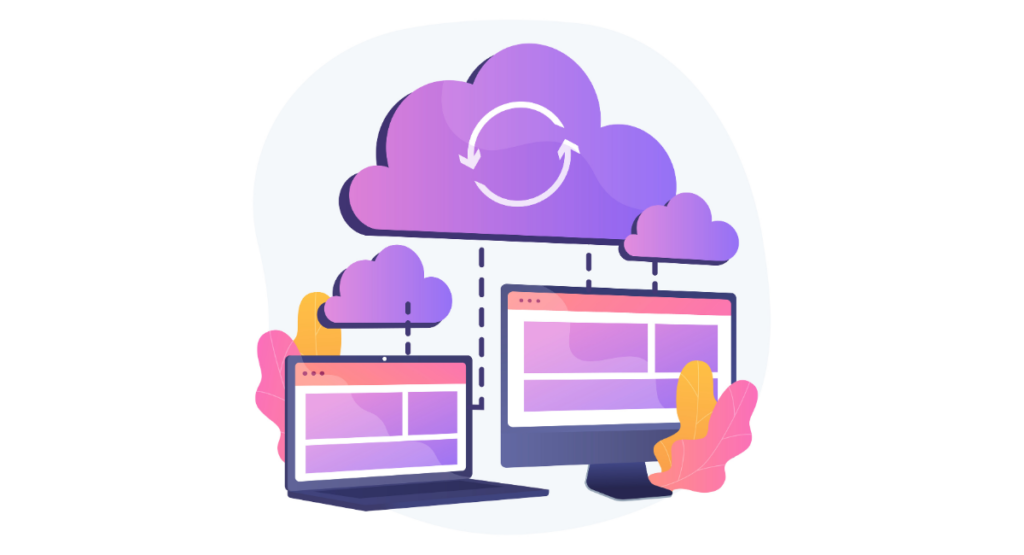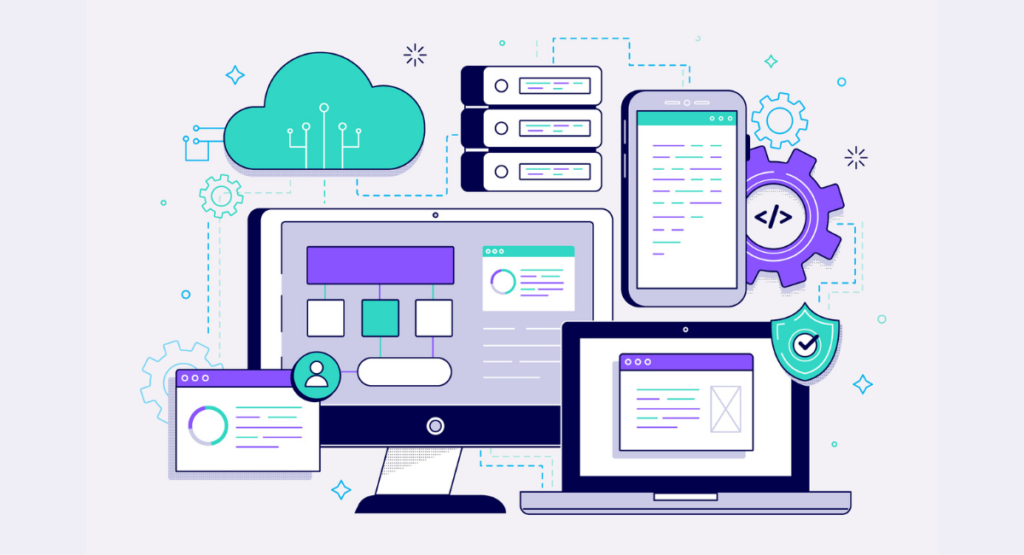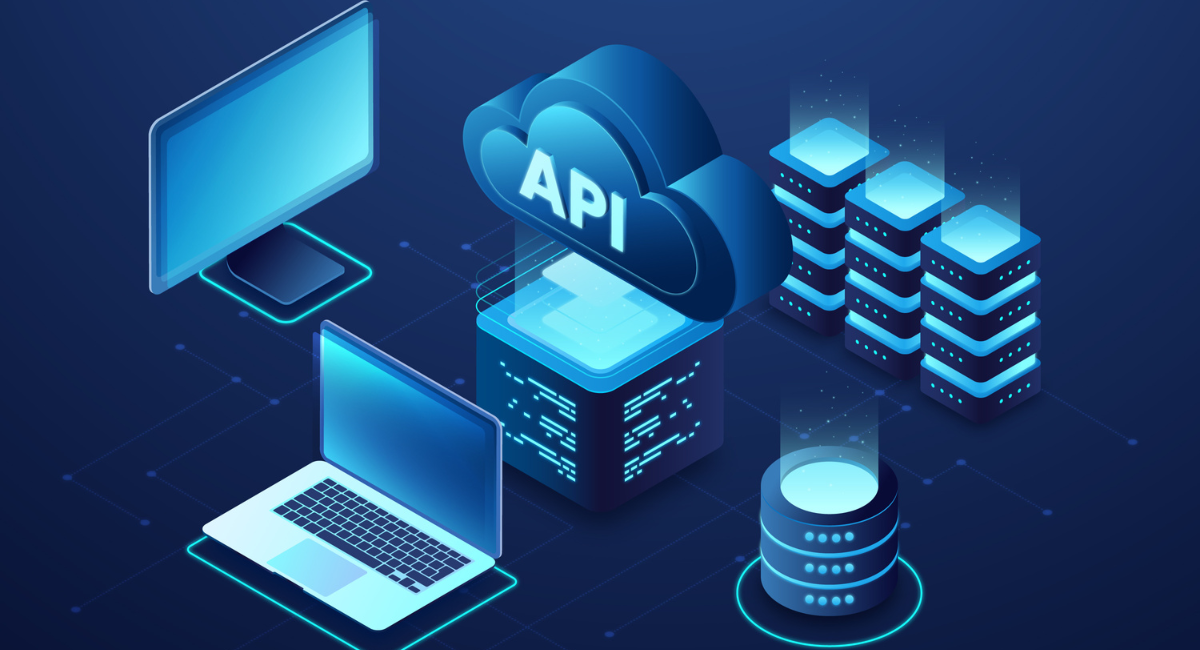In today's highly technical world, APIs continue to take up a principal role in making the software communicate effectively with each other. How relatively different pieces of software relate with each other has also been made easy through APIs.
The functionality aspect of APIs has led to their deployment in different fields, including technology, finance, and even healthcare.
This very blog post provides an analysis of ten API examples, and through these examples, what they do will be expounded for a clear illustration of how they are helping in the evolution that is happening in web and software.
In fact, the APIs detailed above are those which create the most innovative and functional basis for a vast number of services and applications that we use in our daily life.
This will be a good entry point for the developers, programmers, or anyone else who is interested in learning about the ever-changing role of APIs in today's software development.
10 Best Popular API Examples: Social Media APIs

Available social media APIs enable developers to interact and access all aspects and functionalities of social media, including huge amounts of user-generated data.
The above APIs enable the integration of functions of social media channels into other applications since this results in engaged users and a perfectly personalized experience to users.
Facebook Graph API
The Facebook Graph API is a very useful API to allow applications the ability to read and write in the Facebook Social Graph. This can, in turn, be useful in the management of user profiles, photos, groups, events, timeline posts, among much more this tool has to offer in its features.
Its important features include accessing data of Facebook ads and analytics and a user's activities on Facebook. All those features make it an effective tool for marketing and analysis of social media.
In so doing, the API will authenticate each connection with Facebook's servers by the OAuth 2.0 protocol.
Twitter API
The Twitter API provides developers with the core of Twitter data: timelines and status updates, as well as the user data. It enables apps to tweet out, fetch tweets, and engage users in a direct manner, such as favoriting, retweeting, or replying to them.
The Twitter API is put to the service of very many applications requiring the use of real-time social media data because it supports a huge range of functionality, from automated tweeting to the very complex analysis of user behavior and sentiment found in tweets.
The recent development of its API has further enhanced its academic research and the business intelligence potential.
E-commerce APIs

E-commerce APIs make online shopping easy, smooth, and effective. They help developers integrate with e-commerce platforms for easy inventory management, payment processing, and customer data.
PayPal API
A PayPal API is enabling a developer to integrate a payment processing service within an application. This API allows one to create direct payments, preapproved payments, and refunds for all online transactions, e-commerce, or even crowdfunding.
The flexibility it gives to manage business financial transactions through automation is better and comfortable.
Shopify API
The Shopify API is a very useful resource that allows access to most administrative functions of a Shopify store. It allows developers to gain access to information on products, orders, customers, and much, much, more.
From this API, a developer can also create, update, or delete products, automate order fulfillment, and manage customers.
In other words, this API works perfectly in automating huge parts of the process and adding functionality to most ecommerce shops operating on the Shopify platform.
Finance APIs
Finance APIs have turned into the base for developing a new fintech industry that could connect financial institutions, businesses, and consumers to data necessary for them.
They enable their applications to leverage, among other services, processing payments, managing investments, and real-time access to banking data.
Stripe API
Stripe API convinces everybody that it greatly facilitates e-commerce transactions. It provides developers with a platform on which they can easily integrate their websites and mobile applications into the scheme of payment processing.
It offers integration with features such as transaction management, subscription, and payments configuration. Securing the whole process is put into place, yet made pretty simple by imposing safeguard policies that protect sensitive financial information, making the whole user hitch-free.
Plaid API
Plaid API specializes in creating links between applications and users’ bank accounts, enabling easier management of financial data. It supports a myriad of functionalities, from verifying account balances and identity to retrieving transactions and facilitating risk management processes.
Plaid is particularly popular among personal finance apps and emerging financial services, offering tools that cater to a broad spectrum of banking needs.
Weather APIs
Weather APIs provide real-time climate and environment data, aiding various industries from agriculture to travel in making informed decisions.
OpenWeatherMap API
OpenWeatherMap API is the most exhaustive weather data services available across the globe. It gives current weather, forecast, history, and even weather alerts for a place.
OpenWeatherMap API is a favorite for developers in the weather-related application due to ease in integration and coverage of dataressive Ennt.
Weather Underground API
The Weather Underground API provides very detailed weather information about personal weather stations and professional sources. It includes local weather forecasts, severe weather alerts, and historical weather information.
It is help to those applications which require precise and hyper-local weather data for making solutions that exactly match with the precision demanded by the user.
Mapping APIs
The services of location-based services and mapping can be added to applications by developers by use of the mapping APIs.
Many functions are integrated in the APIs, such as visualizing geographic data, planning routes, and tracking the location; thus, they find applications in large number of fields like transport, logistics, tourism, and even real estate.
Google Map API
Google Maps API is one of the most popular tools in the digital world. It brings within itself a wide scope of functionalities for the developers to incorporate.
With either JavaScript or Flash interface, the API makes an embed of Google Maps on webpages possible for a developer.
Street views could be implemented along with location searches and directions; live traffic data or transit information could constitute options, or even indoor maps for malls or airports.
All such versatility allows for a host of applications requiring the best solution in detailed geographic information or location-based service.
Mapbox API
Another very powerful alternative for a developer is the Mapbox API. As compared to Google Maps API, Mapbox offers a lot of scope for customization: from design and styling to markers and layers, everything can be customized in line with the branding of the app or service.
It offers level control over the elements of the map and is generally used for those applications that need sleek, modern aesthetics along with strong geospatial analytics.
IoT APIs
IoT APIs serve as a source for inter-communication between internet-based devices for the collection, sending, and processing of data from these devices to and from various platforms and networks to be efficiently and effectively carried out.
Nest API
The Nest API enables developers to integrate with the Nest Smart Home devices that include thermostats, smoke detectors, and security systems.
Users can therefore remotely control such devices through mobile apps or web applications that are developed. In the process, there is an improvement in home automation and energy management.
Real-time data synchronization is supported. This feature ensures that the app is always up to date with regard to the latest settings and notifications, similar to the devices.
Fitbit API
The Fitbit API makes the data of the Fitbit health tracker available to develop health-conscious applications, either for sports and fitness coaching or for wellness monitoring.
The API may deliver, upon request from an application, the logs of activities, sleeping trends and heart rate among other health metrics.
The data received can be applied to generate a fine-tuned end-user experience, suggest workout methods, and monitor your health trends on a long-term basis in order to facilitate better engagement with health and exercise programmes.
Book a Demo and experience ContextQA testing platform in action with a complimentary, no-obligation session tailored to your business needs.
Conclusion
APIs are, in the modern-day world of software development and web services, some of the critical elements that ensure effective development processes besides achieving the much needed interoperability among various applications.
The examples featured in this list are clear indicators of how versatile and helpful APIs are in social media and financial services to mention but a few. Leveraging on these APIs can foster simplified working procedures, enable more innovation, and, in turn promote business growth.
As you incorporate each of these tools into your projects, consider the specific needs of your application and user experience you are presenting, constantly explore them by experimenting with different APIs to exploit their full potential in solving real problems alongside developing user-centric applications.
Also Read - Top 15 Automation Testing Tools 2024
